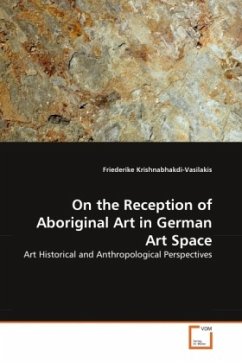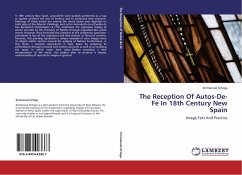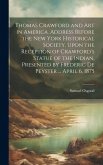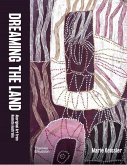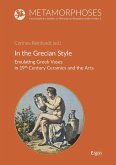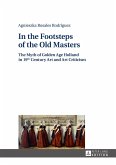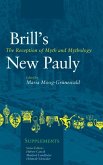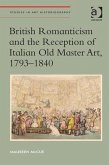The reading of art is located in deeply entrenched ideas of culture and contextualised by specific historical frameworks. This book addresses the question of how Australian Aboriginal art is displayed in the institutional spaces of art galleries and museums in Germany. It argues that there is an underlying current in Germany that divides the representation of art into European and 'Other.' In German culture, institutional representation of art is hierarchical; the art museum at the top enhances the self-reflexive notion of culture, while the ethnological museum provides the context against which European, specifically German, identity and culture are pitched. German art history and ethnology have led to a binary reading of art that has largely inhibited the exhibition of Aboriginal art as contemporary art. However, Aboriginal art that is contextualised as ethnographic and not as contemporary continues a Modernist attitude on cultural exchange, emphasising an essential difference.This essentialising of art overlooks the globalised situation that evokes regional cultural inflections based on postcolonial expressions of hybridity and fragmentation.
Bitte wählen Sie Ihr Anliegen aus.
Rechnungen
Retourenschein anfordern
Bestellstatus
Storno

